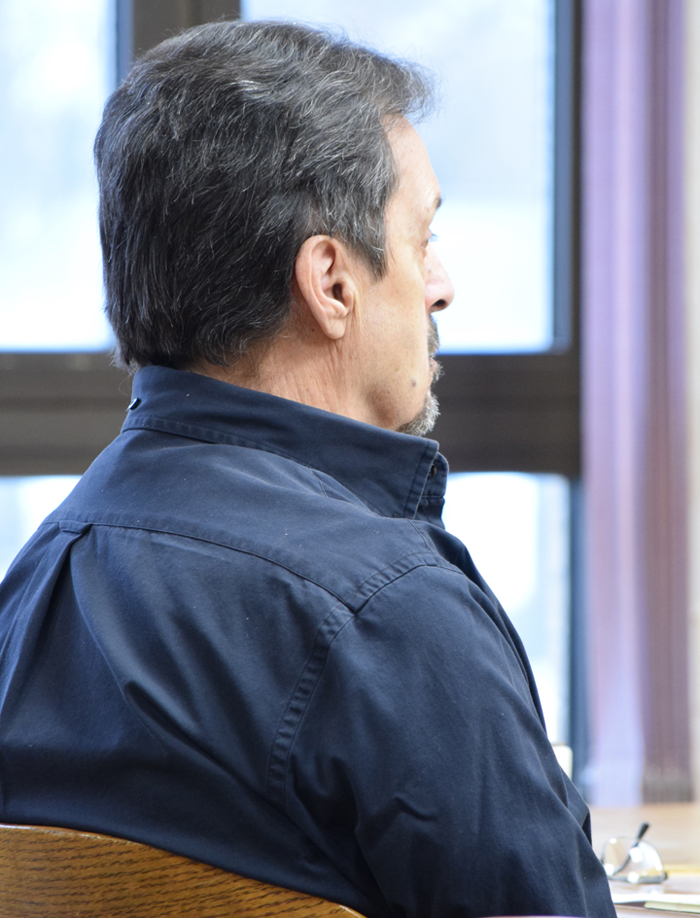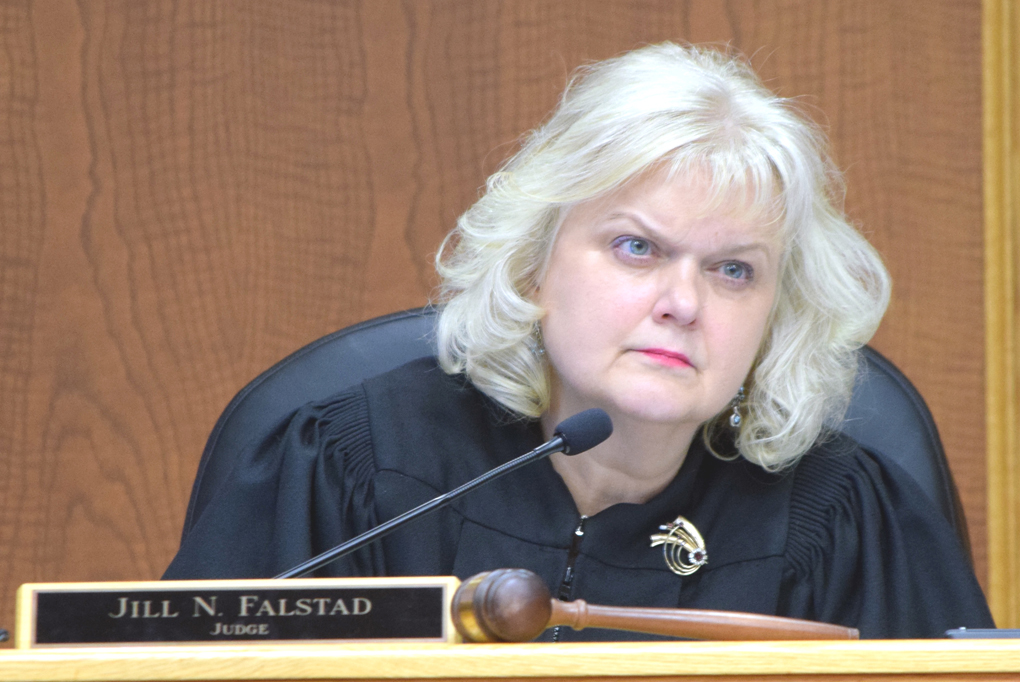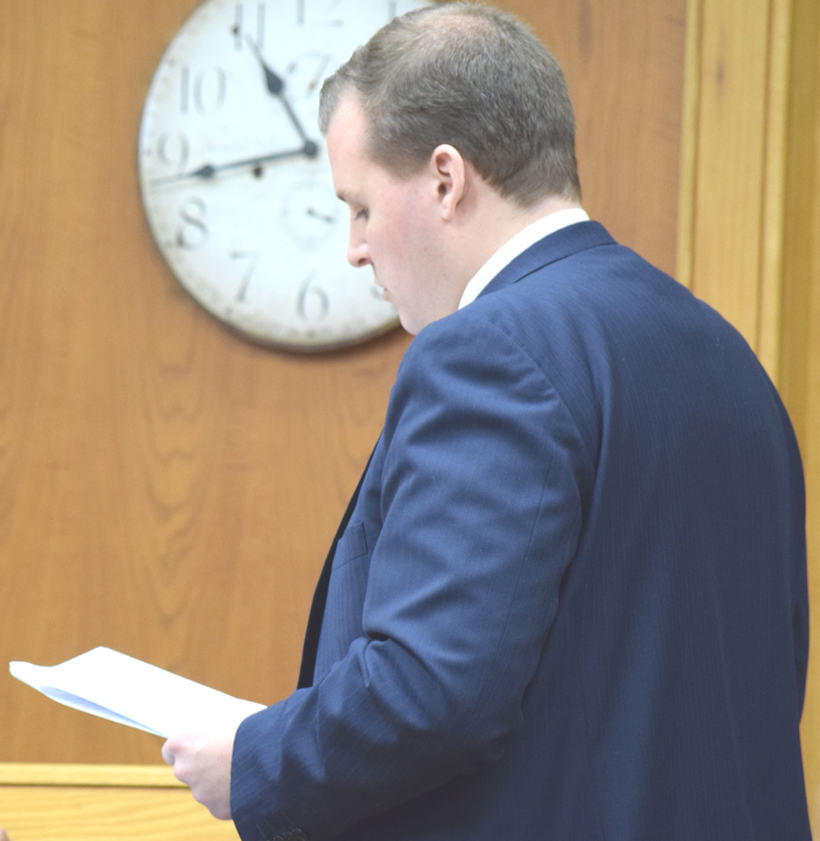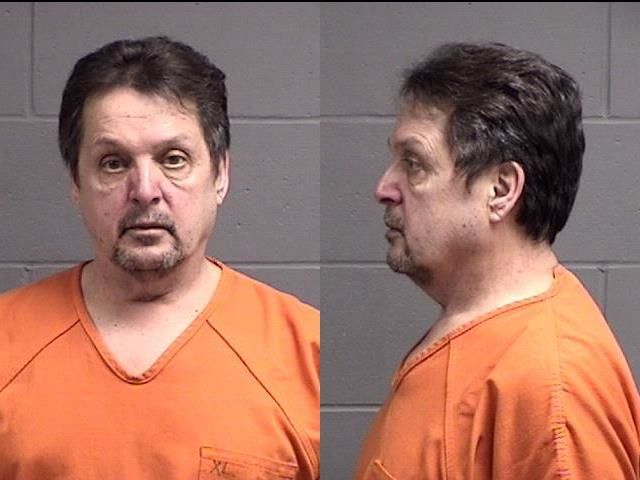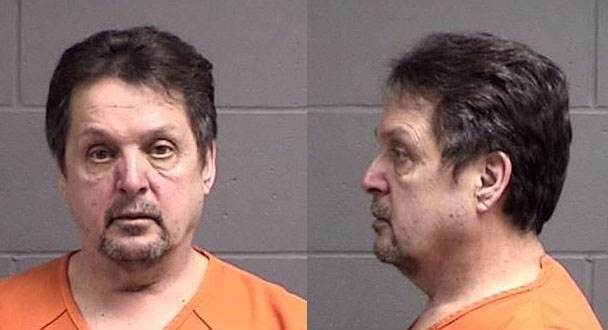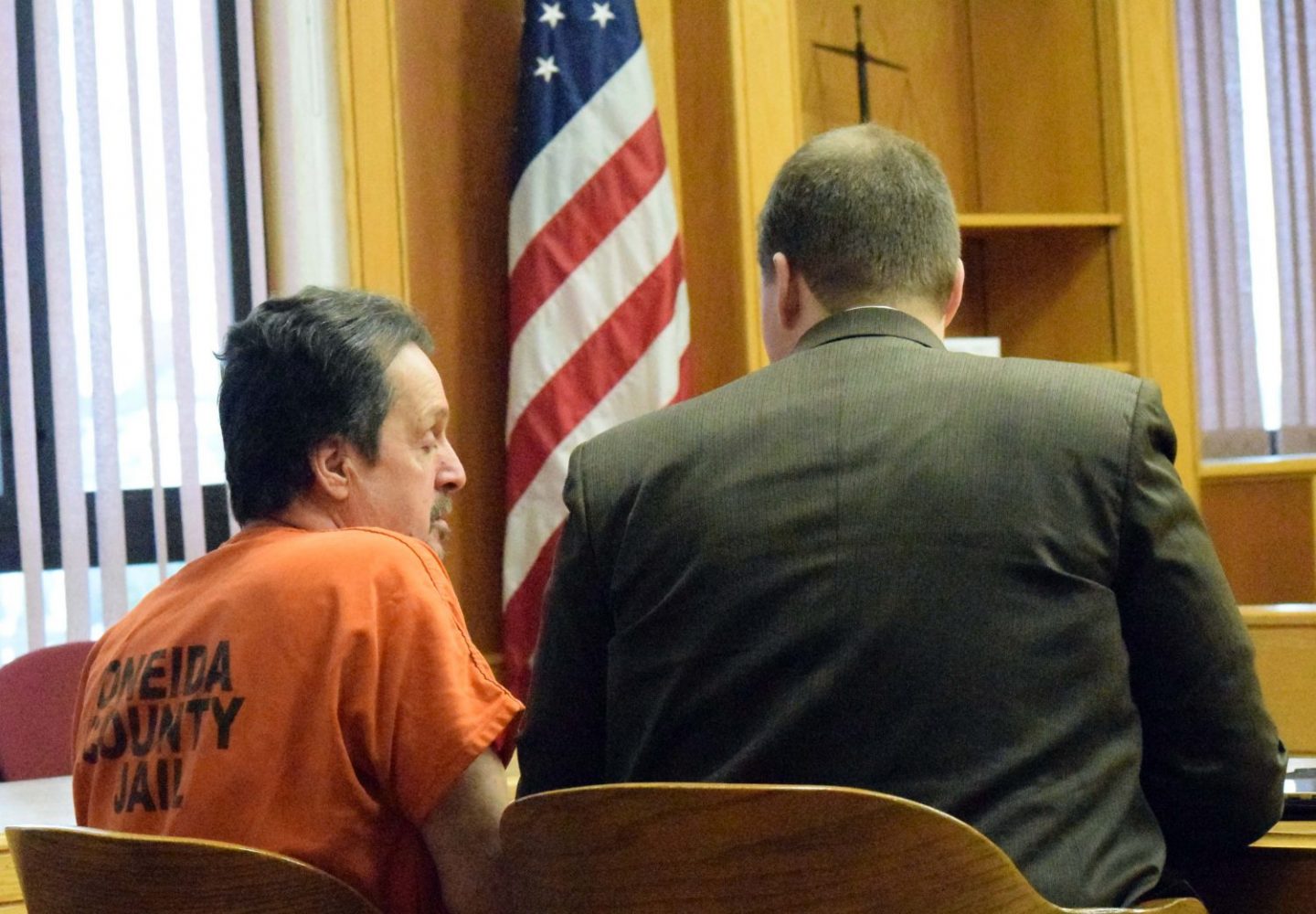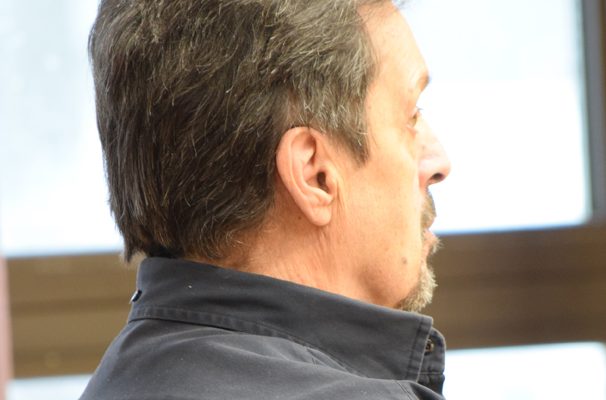Mendez trial begins with opening statements, daughters’ testimonies
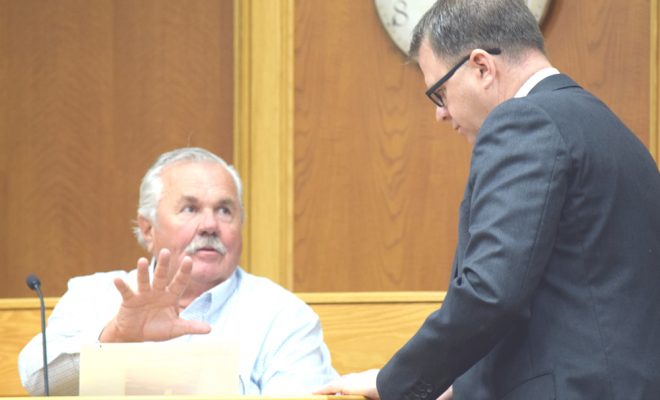
Stories and photos by Lori C Adler, reporter
The trial of the State of Wisconsin versus Robin Mendez began this week with opening statements by District Attorney Michael Schiek and defense attorney Peter Pruzinski, followed by testimonies by Mendez’s daughters as well as key witnesses in the state’s case. Robin Mendez is charged with the 1982 murder of his then wife, Barbara Mendez, in Minocqua, Wisconsin.
The cold case of Barbara Mendez’s murder was recently reopened with the re-examining of evidence and re-interviewing witnesses, and in February 2018, the State of Wisconsin filed first-degree murder charges against Robin Mendez.
In opening statements, the district attorney spoke at length about the witnesses that will be called and what type of information they will provide, noting that he feels it will take about seven days to make his case. “There will be no doubt, “Schiek assured, “that Mr. Mendez is guilty of first-degree murder.”
Pruzinski, attorney for the defense, countered that there were other suspects who could be responsible for the death of Barbara Mendez. The defense will establish, Pruzinski stated, evidence to support that someone else committed the crime, specifically naming two men, Thomas Bode (now deceased) and his accomplice, Raymond Norris, who the defense feels had both opportunity and motive.
The state began their case with the testimony of Norbert McCann, retired Chief of the Minocqua Police Department. McCann, a patrolman with the Minocqua Police Department at the time of the murder, was the first officer on the scene after Barbara Mendez’s body was discovered. Barbara was found dead in the early evening at the Park City Credit Union, where she worked. She had been working alone that afternoon, and it is believed she was killed as she was closing the bank for the day.
McCann oriented the court to the Minocqua area in 1982 by locating major roads and streets, the Park City Credit Union, the Mendez’s church (Assembly of God in Woodruff, Wisc.), the Mendez residence, the police station, and the shopping center that contained a Red Owl grocery store and a Gamble’s department store on a map of the city. McCann also explained photographs taken at the scene in 1982, stating Barbara was found behind the service counter, beaten to death with multiple traumas to the head and a great deal of blood being visible. There was a cash drawer nearby that contained coins but no currency. In addition, the door to the safe was ajar, with a canvas bag containing currency visible inside the safe. The door to the bank was found open, but there was no sign of forced entry.
Next on the witness stand was Dr. Adam Covach, Chief Forensic Pathologist from Fond du Lac County’s Medical Examiner’s Office. Covach was brought in as an expert witness to review the autopsy file of Barbara Mendez since the pathologist who performed the autopsy in 1982 is now deceased. Covach explained the autopsy records including many photographs. There were at least nine blunt force injuries to Barbara’s head, and one additional set of injuries to her forehead, believed by Dr. Covach to be caused by her fall to the ground. The cause of death was ruled as multiple blunt force trauma. During cross-examination, Pruzinski asked if Covach could determine the murder weapon, and Covach stated he could not as he had not been trained in weapon identification.
Robin and Barbara Mendez’s daughters, Dawn (Mendez) Shape and Christy (Mendez) Wadas, both appeared in court, though sequestered during opening statements and during each other’s testimonies. Shape testified first, with the district attorney focusing mainly on the events of the night of her mother’s death. Shape was 13 at the time of Barbara’s murder. The defense then asked additional questions regarding the timeline of the events of that evening as Shape remembers them and then contrasted that with what was documented in records of her previous police interviews, noting inconsistencies. When questioned about this, Shape explained that her father would review questions asked by the police with her and her sister, saying that they “needed to get their stories straight” This is why, she explained, there were changes in her answers.
Christy (Mendez) Wadas testified next. Wadas was 11 at the time of her mother’s murder, and recently, after a hit to the head brought back memories and feelings, began in earnest to find out more about the case since she felt she had been sheltered during the actual events. She located and read over 50 newspaper articles from the time of her mother’s murder and concluded that her memory of the events were convoluted. This, Wadas felt, was because she and her sister “rehearsed” with their father how to answer questions by the police. “Our memories were completely manipulated and manufactured for us,” Wadas explained.
Both Wadas and Shape stated during their testimonies that while they did not understand it at the time, they were both providing alibis for their father in 1982. Both also stated that after all this time has passed, neither could now provide that alibi because they cannot be sure if their recollection of the events and timeline is what really happened.
Leave a reply
You must be logged in to post a comment.

